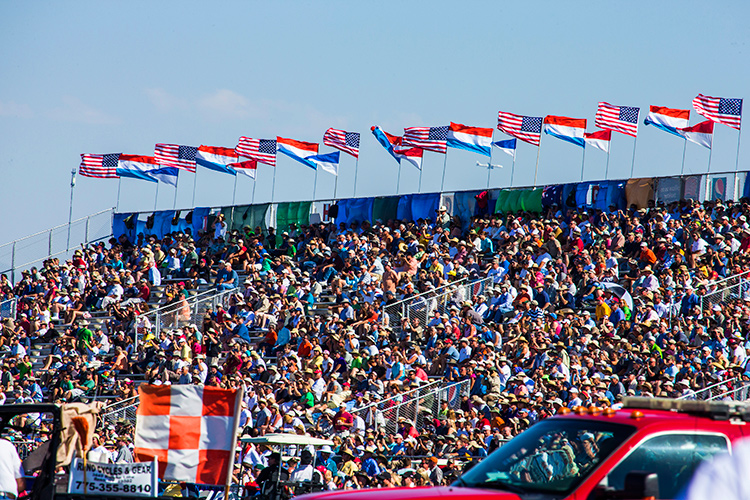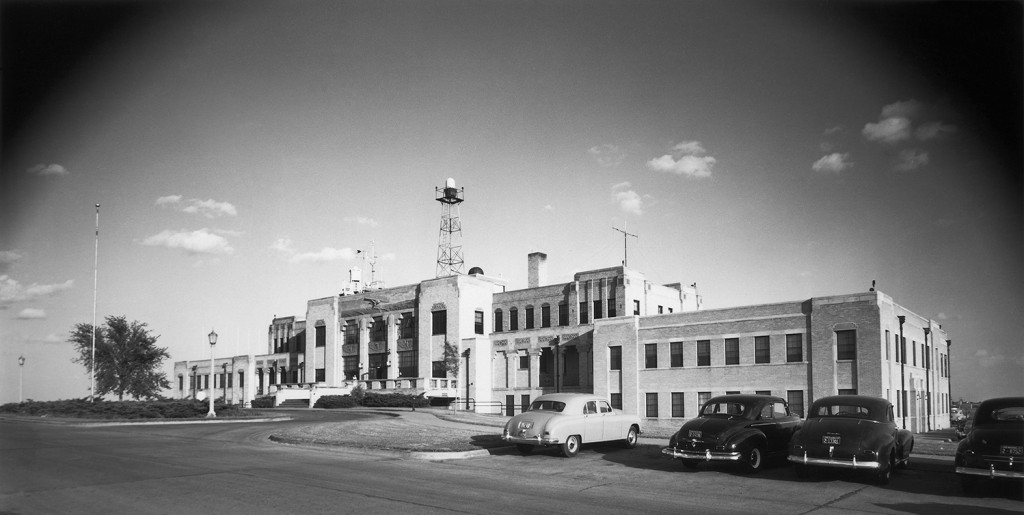Navigating Trade Show Pileups
 Back-to-back trade shows don’t just exhaust your team and resources. They wear out your customers, too. In November, the Dubai Airshow runs 8–12 with the NBAA convention following in Vegas the very next week 17, 18 and 19. The Dubai Airshow is expecting to draw over 65,000 trade visitors and over 1,100 exhibitors. NBAA2015 expects to draw 26,000 aviation enthusiasts and 1,000 exhibitors. Here are a few thoughts on how to maximize the experience. So you live to tell about it.
Back-to-back trade shows don’t just exhaust your team and resources. They wear out your customers, too. In November, the Dubai Airshow runs 8–12 with the NBAA convention following in Vegas the very next week 17, 18 and 19. The Dubai Airshow is expecting to draw over 65,000 trade visitors and over 1,100 exhibitors. NBAA2015 expects to draw 26,000 aviation enthusiasts and 1,000 exhibitors. Here are a few thoughts on how to maximize the experience. So you live to tell about it.
Plan In Advance
Don’t put off till tomorrow what you can do today. Wrap up your press releases well in advance and issue them under an embargo. This lessens last-minute scrambling on your part and gives media more time to develop the story. Same goes for any collateral. Do not stress your team by pushing print production to just before the show – and busting your budget with rush charges. If you have fantasies of wrapping up some things during show downtimes, burst that bubble. Unforeseen events and interruptions will pop up. And, if by some chance you do get a bit of downtime, use it as that. Downtime. Give yourself a break. 
Automate All Possible
Issue evites to show and media events that enable the recipient to respond real time any time – without direct interaction with your team. Promotions can get complicated. Simplify, simplify, simplify. And, if you can, make the transaction completely doable from beginning to end online.
If at all possible send different team members to different shows. Even if it means each show is slightly understaffed, it’s better. Fresh and energized beat jet-lagged and ragged any day.
Choose Wisely
Really look at your resources and steel yourself to make the hard, but needed decisions. Do you really need to hold that extra press conference? Are you sure you need to schedule meetings for every single hour of the show? Consider how can you deliver impact and make your presence known without overextending your budget and your people. Less can be more.
Leverage Your Home Team
Delegate whatever you possibly can to the folks back at the home office. They’re happy to help, right? Have them update contracts, adjust press releases, issue social media posts, you name it.
Extend your impact with social media. Spend less time running all over the convention floor and more time posting on social media (tagging tradeshow handles – @DubaiAirshow – and using appropriate hashtags, of course – #DAS15). Schedule what posts you can in advance. Shoot post points to folks back home and let them do the actual company posting. Clearly delegate responsibilities. A designated onsite team member who can take photos, videos and do some posting takes pressure off others and ensures it gets done. Designating someone at your home base to be responsible for the bulk of your social media, frees you to focus on face-to-face interactions.
Remember Why You’re There
At every turn, make decisions that put people first. Which, after all, ought to be a key show objective. Talking to your tribe. And growing it.
This column ran in the September 24 issue of Bluesky Business Aviation News.









